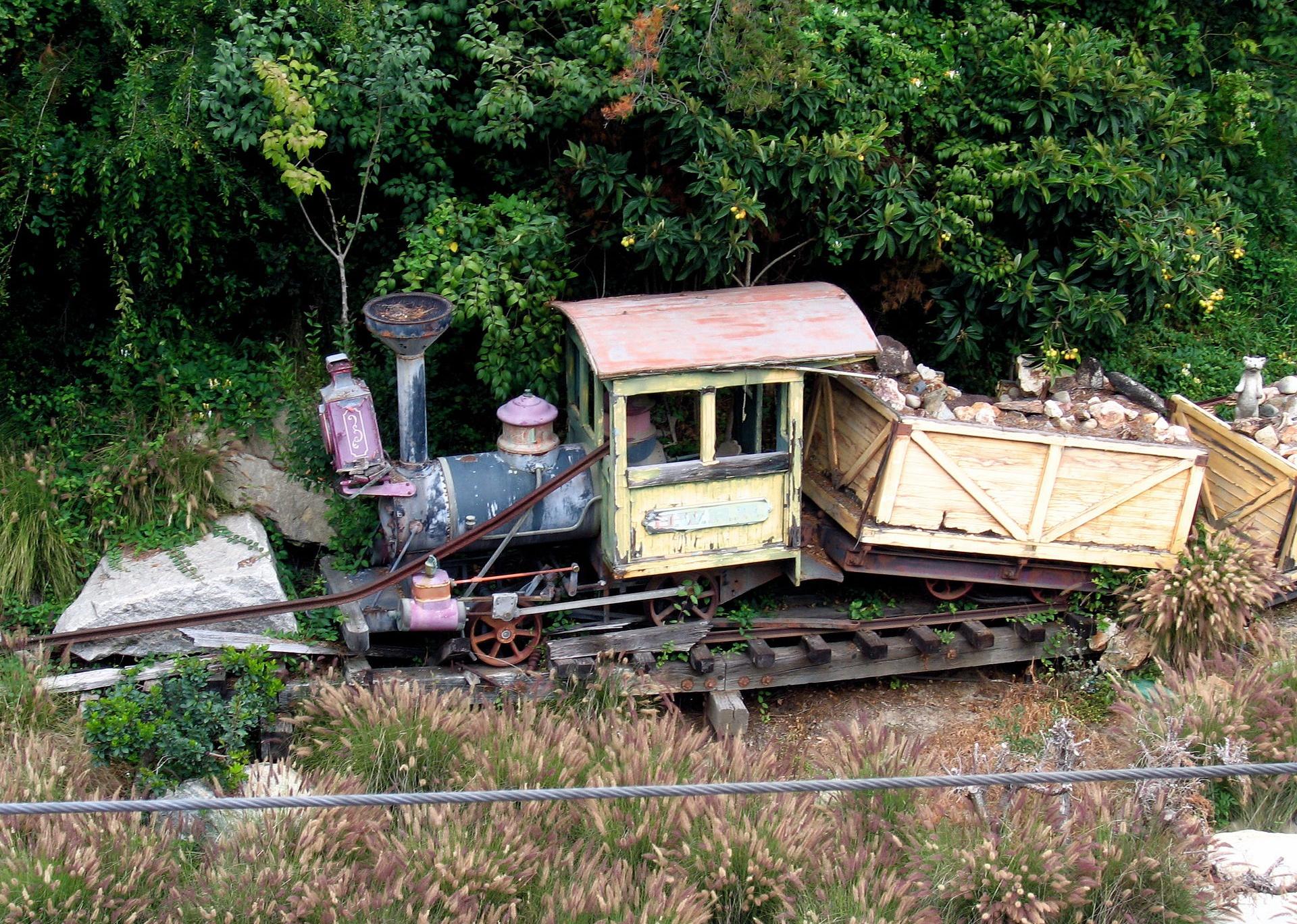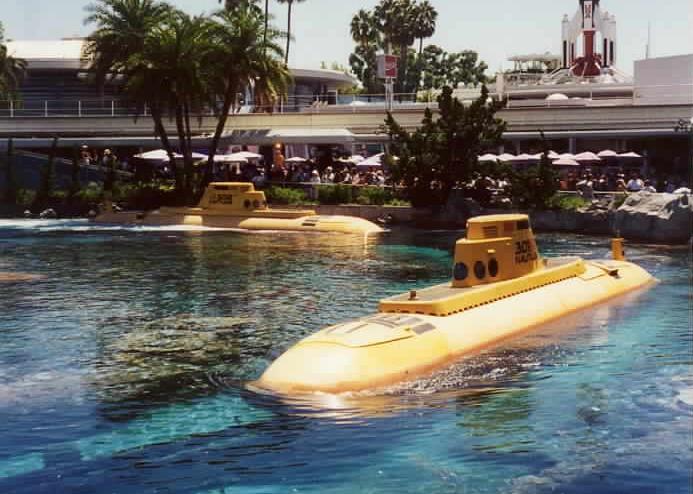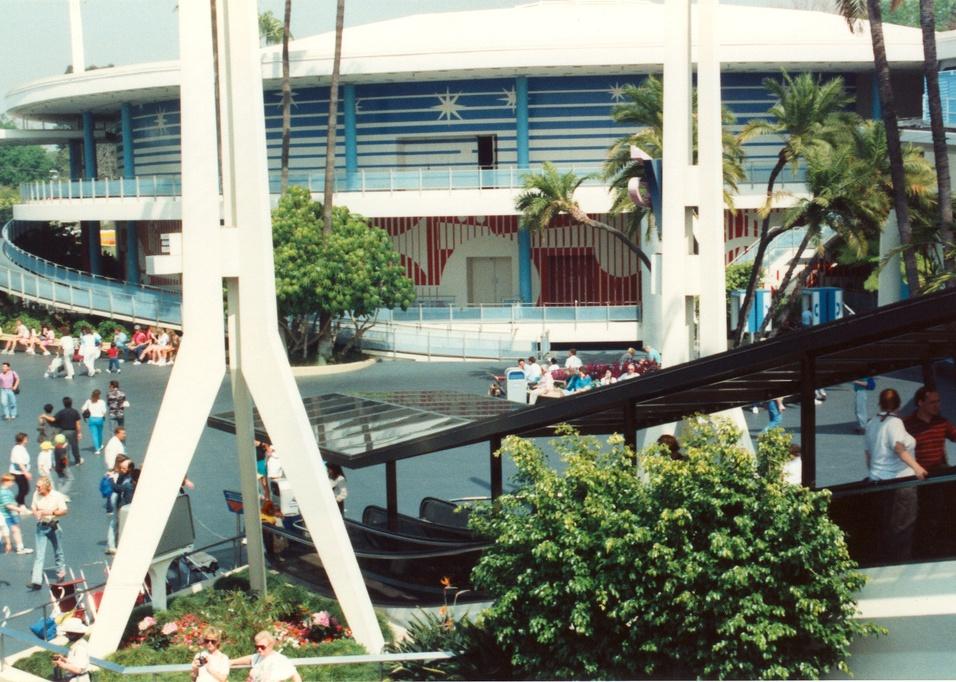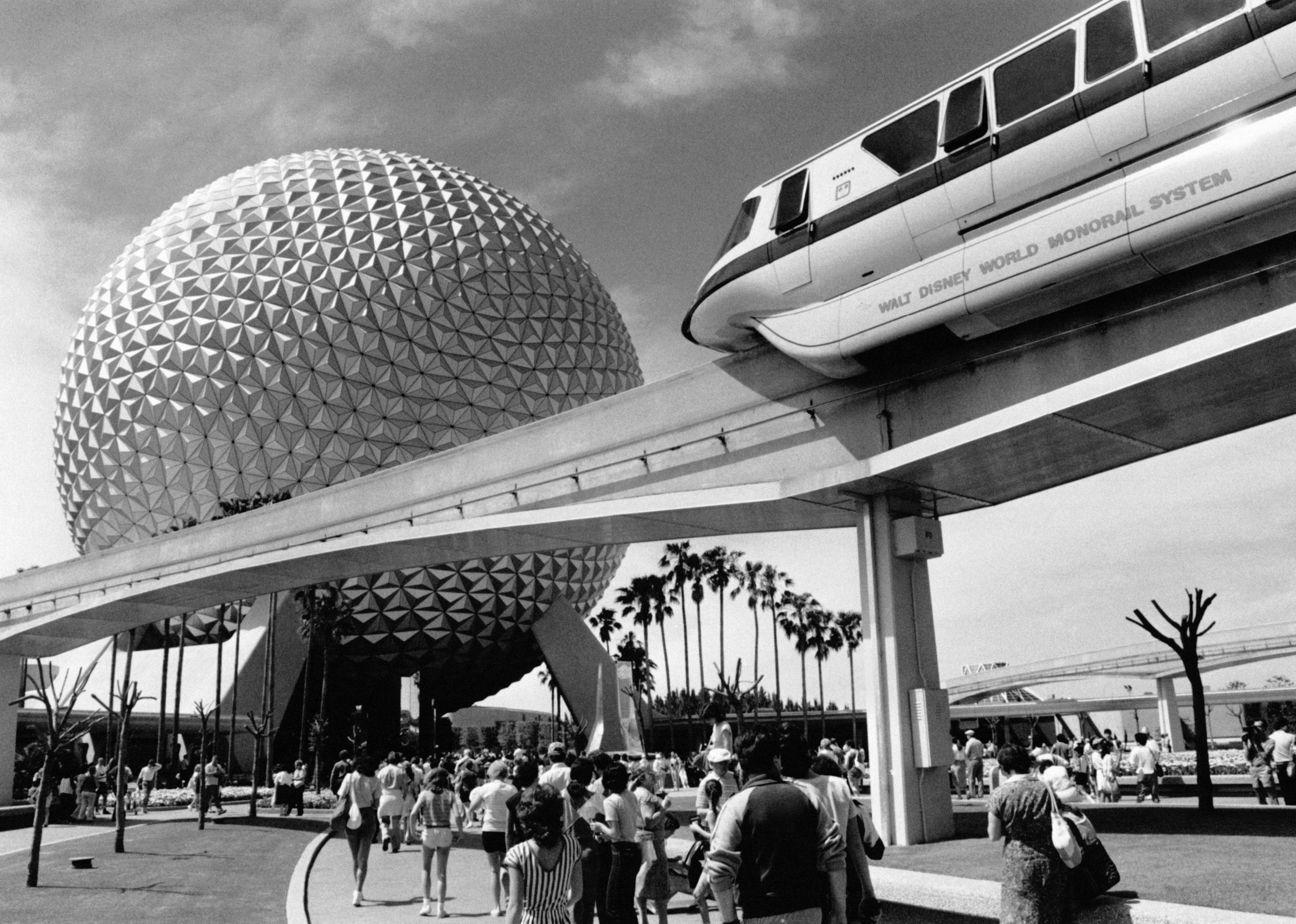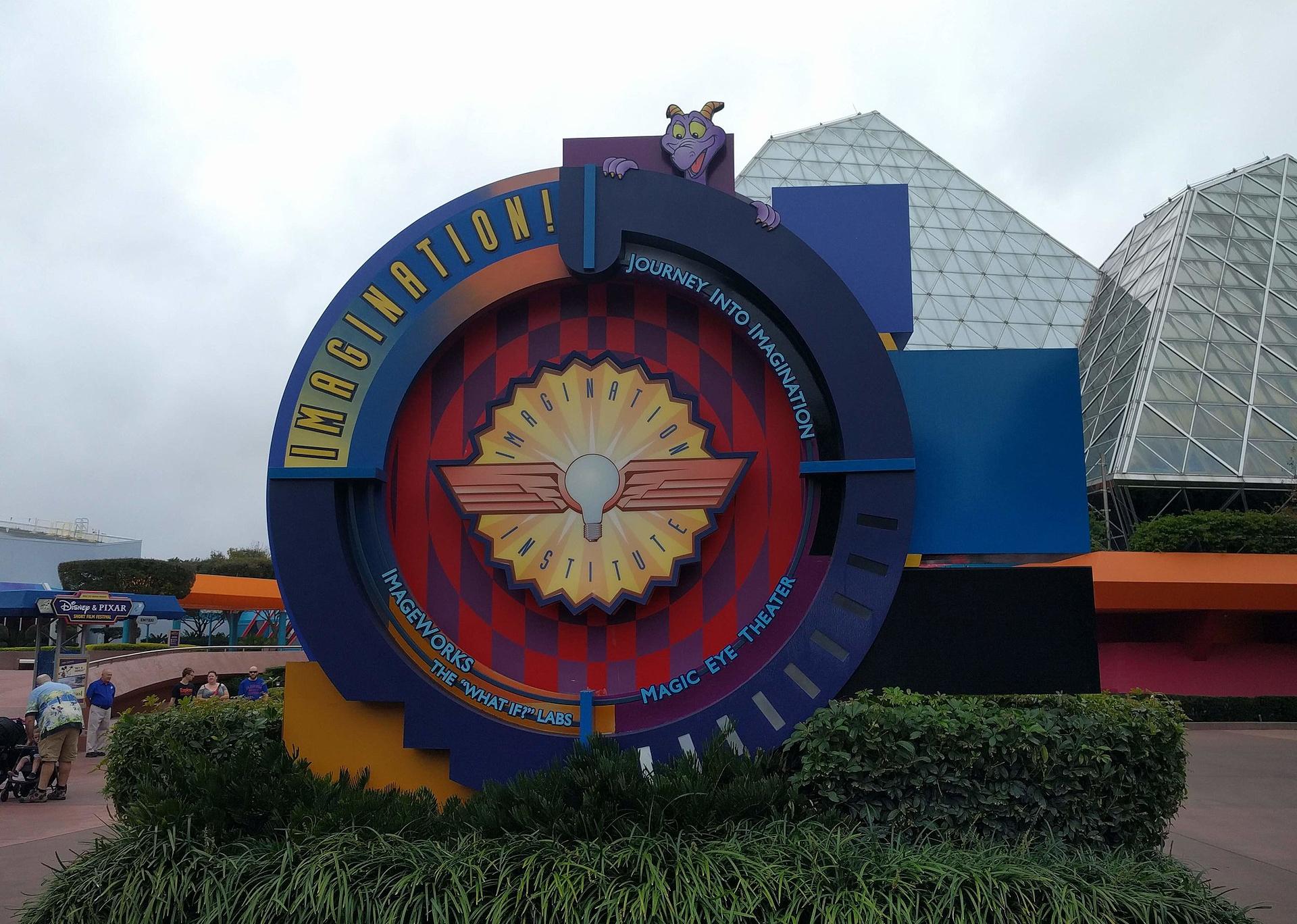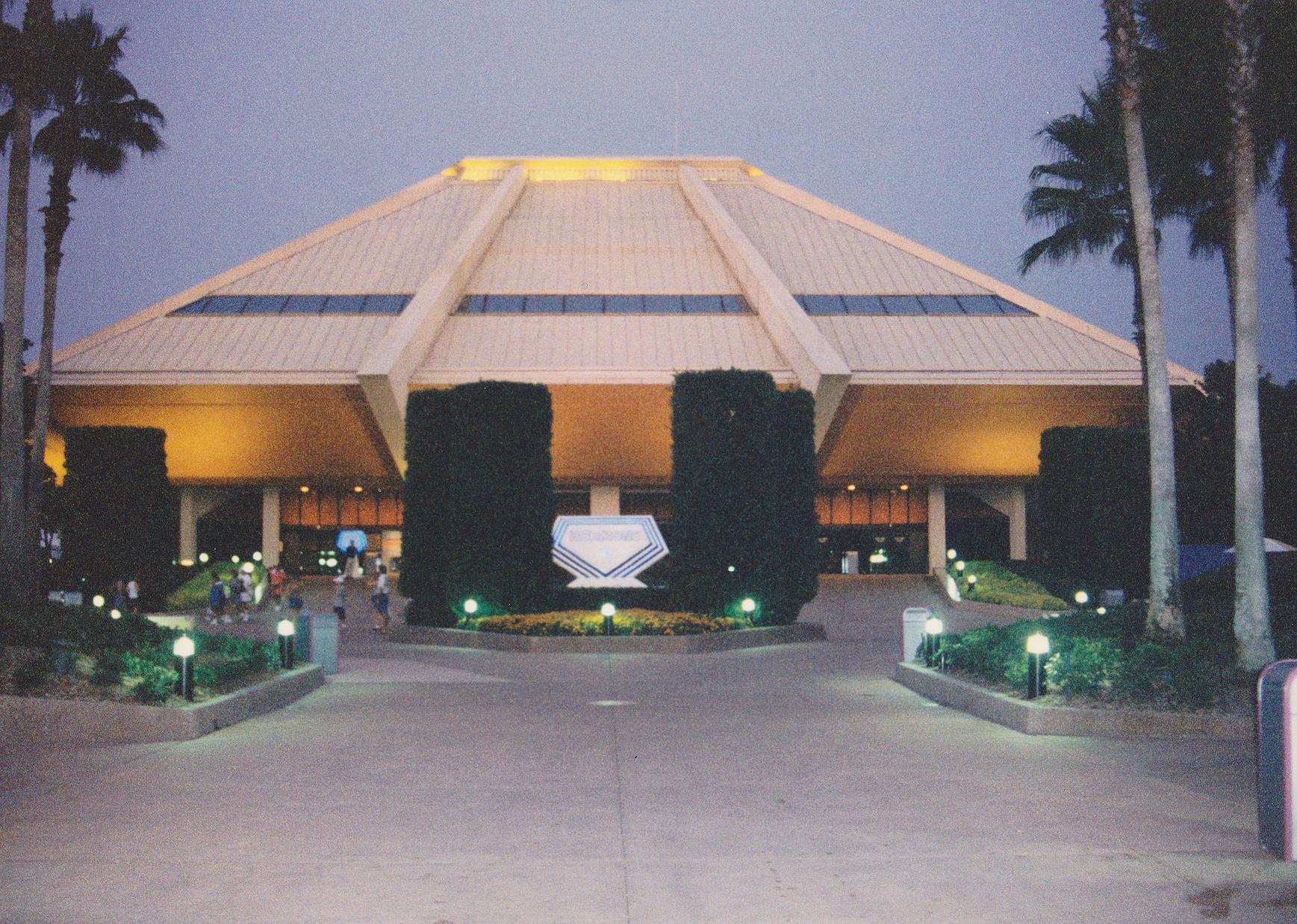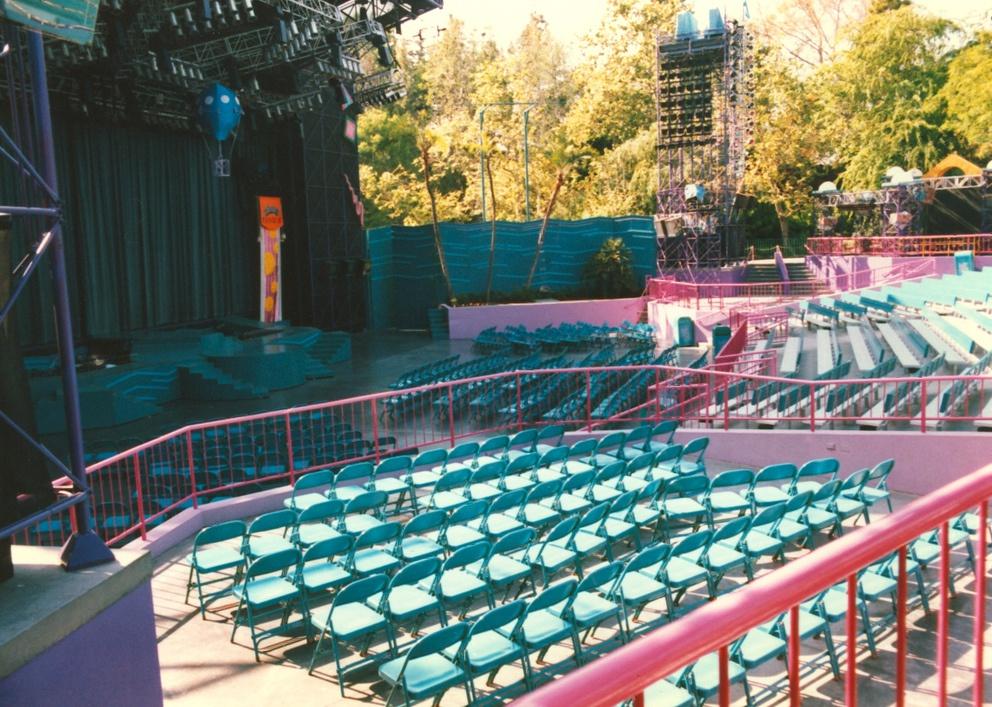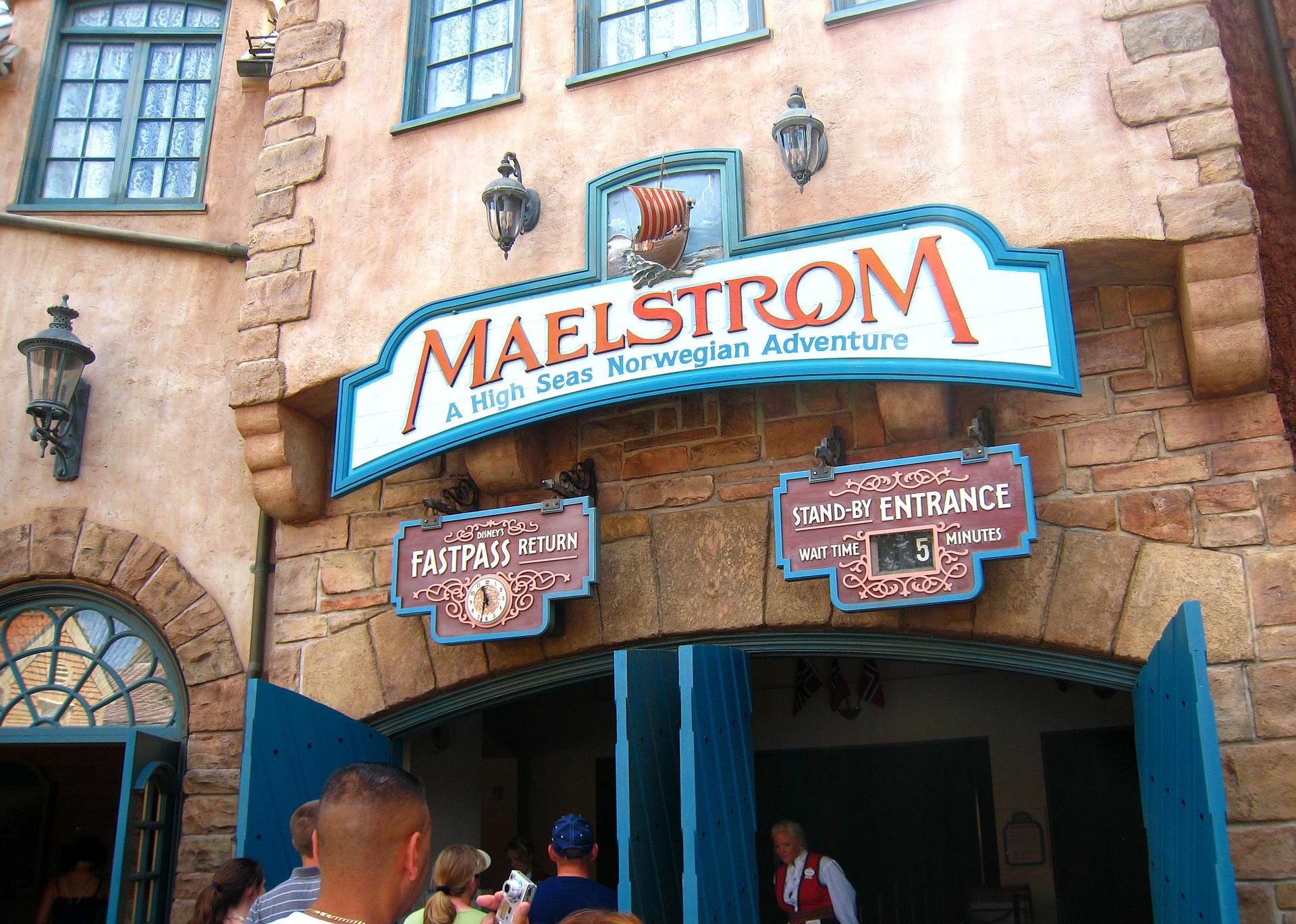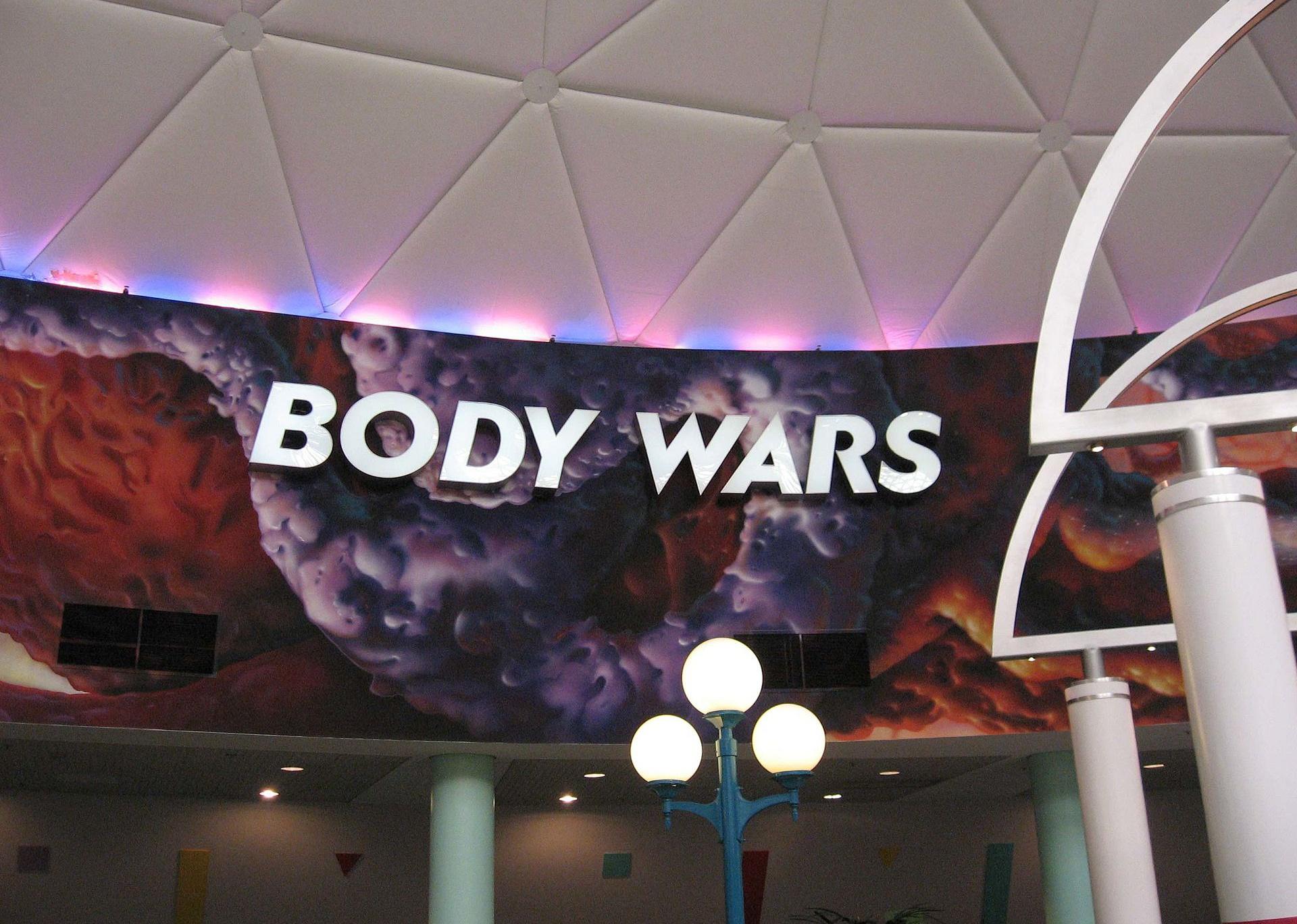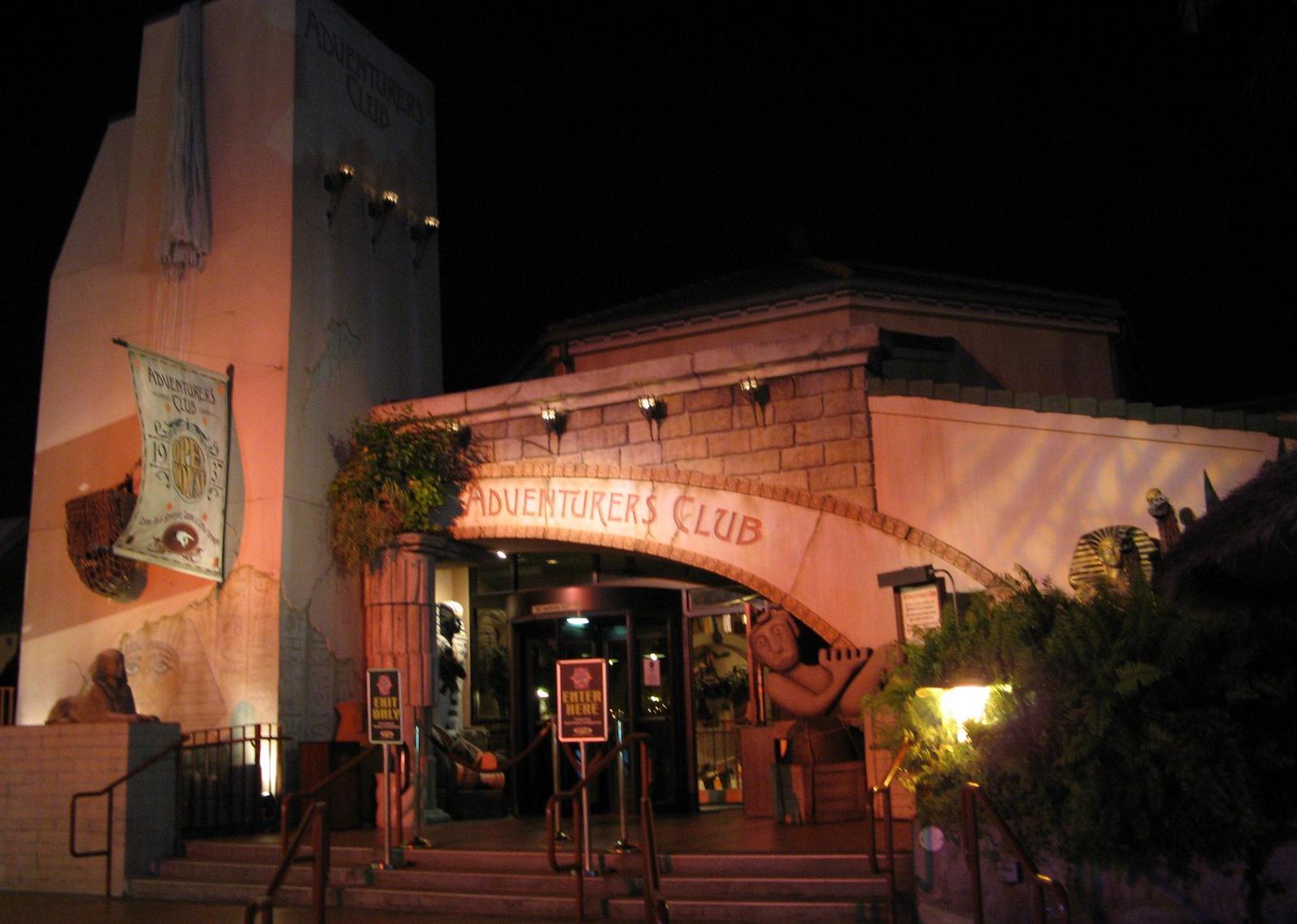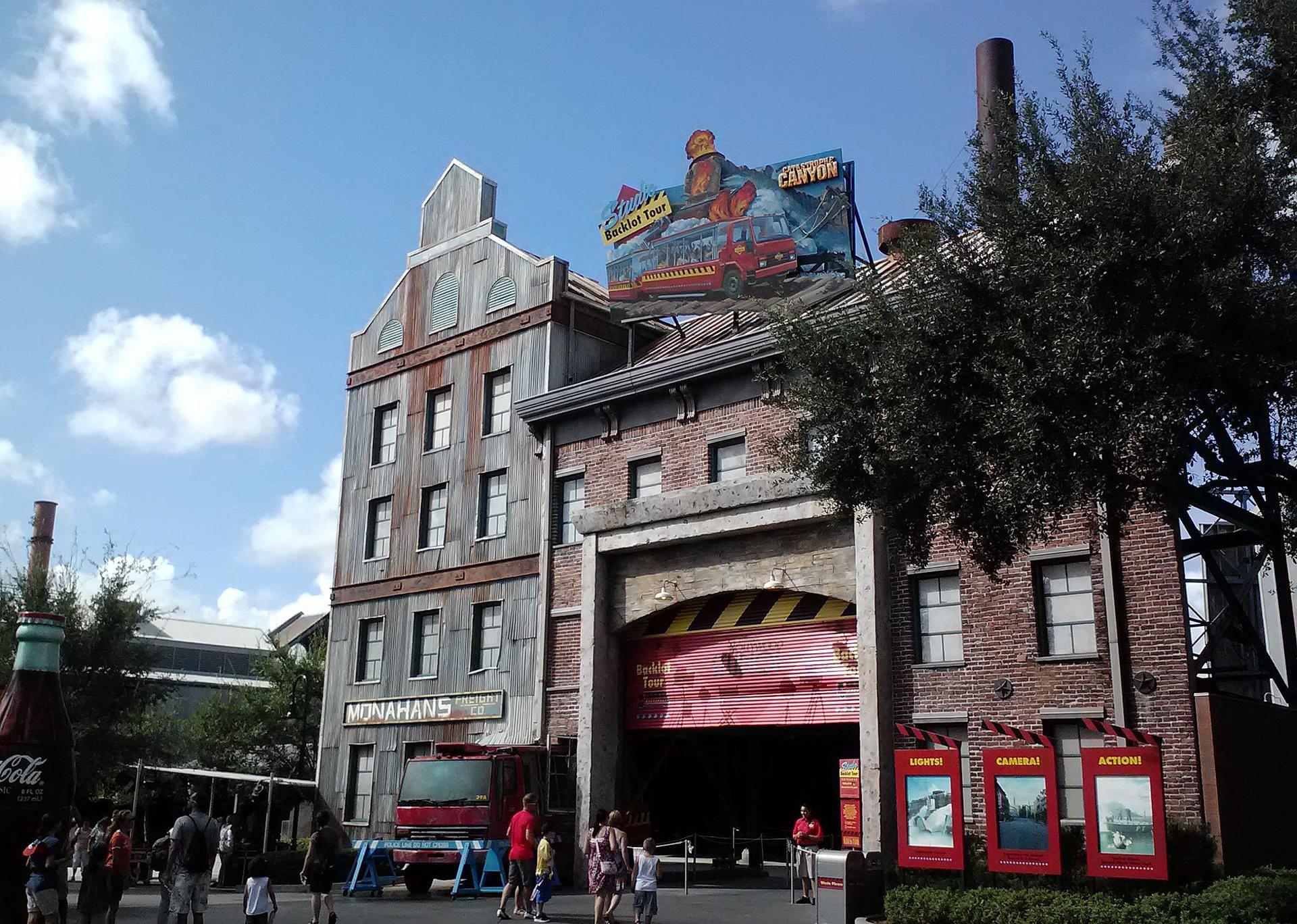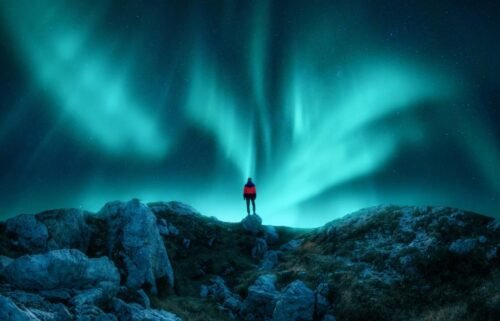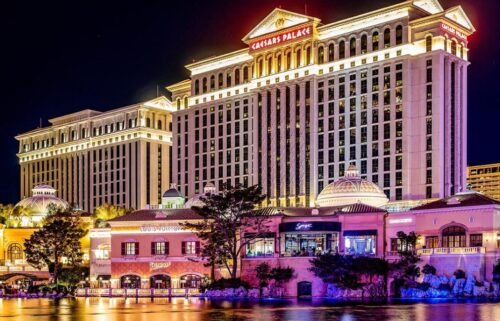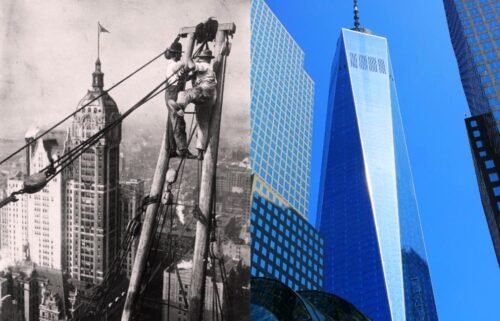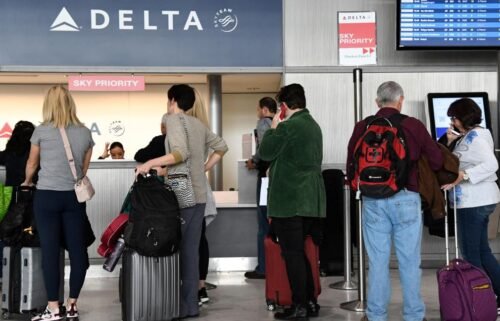Disney attractions that don’t exist anymore
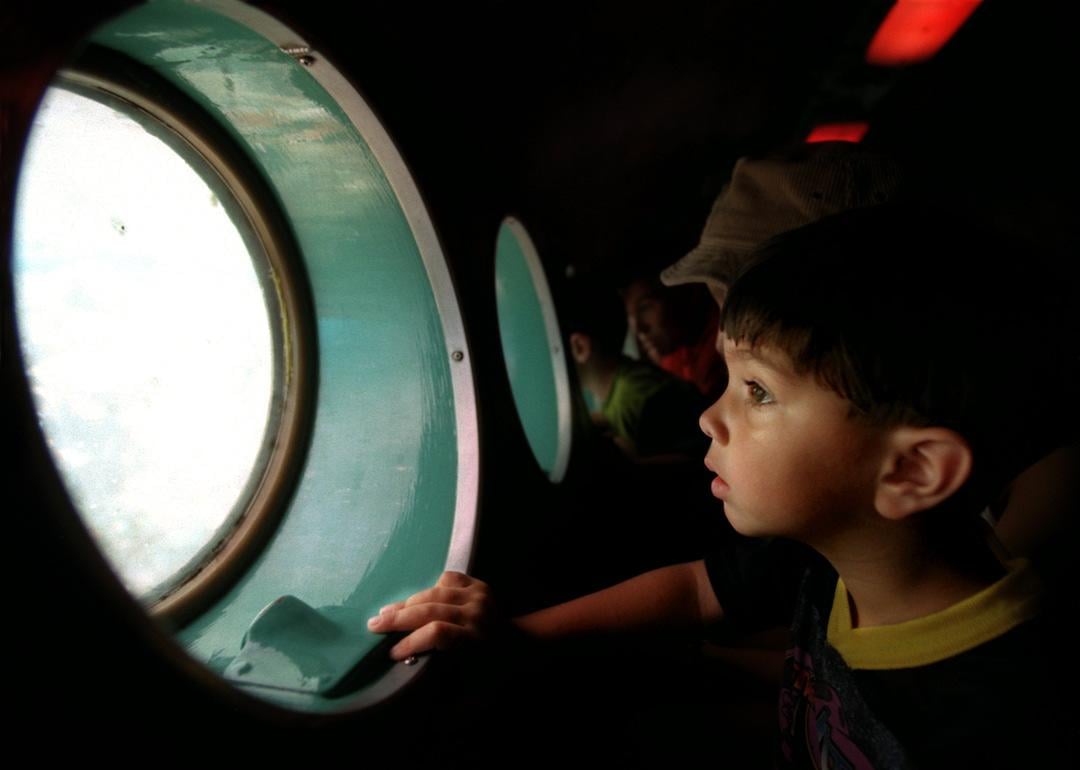
Rick Loomis // Los Angeles Times via Getty Images
Disney attractions that don’t exist anymore
A young child looks out of the submarine in Disneyland’s former ride Submarine Voyage.
On July 17, 1955, Walt Disney expanded his animated film empire by opening Disneyland in Anaheim, California—the first Disney theme park. The attraction cost $17 million to build and now brings in almost $3 billion annually. Disneyland’s success was followed by the 1971 opening of Walt Disney World in Orlando, Florida. Several other Disney resorts later opened worldwide, including Tokyo Disneyland in 1983 and Shanghai Disneyland in 2016.
Disney has remained a theme park entertainment leader for over six decades. In 2021, the Magic Kingdom at Walt Disney World was named the top theme park in the world, with over 12.6 million visitors that year. The Walt Disney Company also ranked #4 on Fortune’s 2021 list of the World’s Most Admired Companies.
To remain popular and keep guests returning for more, Disney parks have said goodbye to many old rides to introduce new and improved entertainment experiences over the years. Stacker curated a list of these Disney rides that no longer exist. Read on to revisit 16 popular Disney theme park attractions from the past.
You may also like: Artists who found fame after death
![]()
Tom Arthur // Wikimedia Commons
Rainbow Caverns Mine Train (1956-1977)
Mine Train Accessory at Disneyland
Walt Disney designed Rainbow Caverns Mine Train as part of the Living Desert in Frontierland and launched the ride one year after Disneyland opened. Until 1959, the slow-moving train took visitors through an Old West mining town named Rainbow Ridge, surrounded by caverns, a desert, and mountains. The attraction was rebranded as Mine Train Through Nature’s Wonderland in 1960, removing the mining town elements and adding over 200 faux animals. Two decades later, Big Thunder Mountain Railroad, a roller coaster still in operation, replaced the mine train.
Ellen Levy Finch // Wikimedia Commons
Submarine Voyage (1959-1998)
Disneyland submarines of the Disneyland Submarine Voyage
Submarine Voyage replaced two short-lived boat rides on a lagoon in the Tomorrowland area of Disneyland. Submarine Voyage featured eight underwater crafts modeled after the USS Nautilus, the first nuclear-powered submarine. These vessels took passengers on an adventure to the North Pole, where riders encountered ancient ruins, beautiful mermaids, and a gigantic squid. The attraction was closed from 1998 until 2007, when it reopened as the Finding Nemo Submarine Voyage, based on the popular Disney-Pixar film.
Tom Arthur // Wikimedia Commons
America Sings (1974-1988)
America Sings exterior at Disney
When General Electric’s Carousel of Progress moved to Walt Disney World, America Sings took over Disneyland’s Carousel Theater to celebrate America’s bicentennial. This Tomorrowland attraction was a comedic musical revue sung by 110 animatronic animals.
Sam the Eagle guided visitors through a timeline of patriotic American tunes divided into four vignettes: a Deep South swamp, the Old West plains, a glitzy 1890s ballroom, and a 20th-century back alley. When the show was phased out after 14 years, the animatronics were repurposed for Splash Mountain, and the building was converted into the Star Wars Launch Bay.
Michel BARET // Getty Images
World of Motion (1982-1996)
EPCOT Center in 1984
World of Motion, sponsored by General Motors, was one of Epcot’s original features.
Vehicles known as Omnimovers carried passengers through scenes depicting transportation history and predicting what future cars could look like. Educational and fun, the ride provided a comprehensive look at modes of transit, including walking, riding bicycles, driving cars, and flying airplanes. After 14 years, Test Track, a more interactive attraction focused on car design and testing, replaced World of Motion.
Nixinova // Wikimedia Commons
Journey Into Imagination (1983-1998)
Journey into Imagination with Figment ride logo at Epcot
Journey Into Imagination—an attraction at Future World in Epcot— featured Dreamfinder, a creative gentleman passionate about sparking new ideas.
Dreamfinder used his imagination to create an adorable purple creature named Figment, and together they encouraged visitors to use their imaginations by exploring art, literature, and technology. After the show, guests were allowed to execute on their ideas with hands-on activities in a creative lab called ImageWorks. ImageWorks and this attraction are still in operation, but they have evolved over the years. In 1999, the show became Journey Into Your Imagination, and in 2002 it was revamped into the current feature, Journey Into Imagination with Figment.
You may also like: 50 Black writers whose impact went beyond the page
Sam Howzit // Wikimedia Commons
Horizons (1983-1999)
Horizons at EPCOT Center at twilight time
Disney’s futuristic attraction Horizons opened on Oct. 1, 1983, exactly one year after Epcot opened. The 15-minute ride carried passengers in a suspended vehicle through a 136,000-square-foot building that depicted scenes of life and work in the 21st century. Looking back, Disney Imagineers—the creative minds who dream up park attractions—did an incredible job predicting future technology. For instance, Horizons featured a robot vacuuming for a human and a “holographic telephone” that allowed people to see each other while talking.
Albaum // Wikimedia Commons
Videopolis (1985-1989)
Shot of an empty Videopolis theater
Videopolis was a trendy teen dance club located in the Fantasyland portion of Disneyland. A 5,000-square-foot outdoor arena offered space for up to 3,000 young guests to dance the night away. Entertainment included a DJ, live bands, and 70 monitors playing popular music videos. The club also spawned a short-lived Disney Channel show of the same name and an Orlando counterpart, Videopolis East, located on Disney World’s Pleasure Island.
Kjersti Holmang // Wikimedia Commons
Maelstrom (1988-2014)
Norway’s pavilion at Epcot with Maelstrom sign
Originally named SeaVenture, Maelstrom was a log flume-style ride in the Norway Pavilion at Epcot. A 10th-century ship with a dragon head ferried passengers through the swamps and seas of Norway. The attraction blended education with thrills, featuring Norwegian history, Viking legends, and an exciting 28-foot plunge. After 26 years in operation, however, Frozen Ever After—an updated flume ride based on the hit Disney film “Frozen”—replaced Maelstrom.
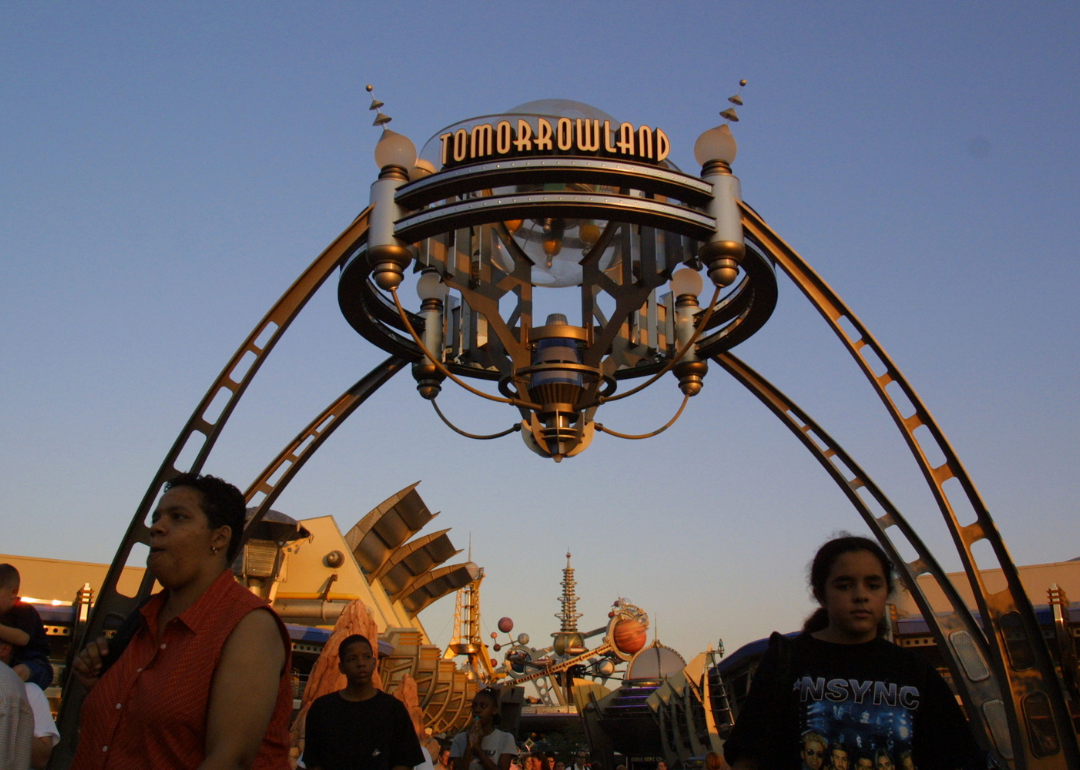
Joe Raedle // Getty Images
Dreamflight (1989-1998)
People walk through Tomorrowland in Walt Disney World’s Magic Kingdom
Dreamflight, sponsored by Delta Air Lines, was the third incarnation of an aviation-focused ride originally called If You Had Wings. Located in the Tomorrowland section of Disney World’s Magic Kingdom, this attraction included a journey through flight history and a peek into the future.
Omnimovers carried riders as they watched various scenes unfold, like planes used for crop dusting, commercial airlines, and futuristic air travel. In 1996, Delta discontinued sponsorship of the ride, and it remained open for two more years under the name Take Flight before closing to make room for Buzz Lightyear’s Space Ranger Spin ride.
Edward Russell // Wikimedia Commons
Body Wars (1989-2007)
Body Wars ride sign
Body Wars was the feature attraction in Epcot’s Wonders of Life pavilion, a venue focused on health and fitness. The motion simulator ride was much like the 1966 film “Fantastic Voyage,” mimicking the experience of being shrunk down and placed inside the human body to race through the bloodstream.
Although the attraction remained open for 18 years, Star Tours—another motion simulator ride in Walt Disney World’s Hollywood Studios—ultimately became more popular with guests. After MetLife ended its sponsorship of Body Wars in 2001, the ride remained open for six more years before closing in 2007.
You may also like: 100 of the best science fiction novels of all time
Kgbarrett // Wikimedia Commons
Adventurers Club (1989-2008)
Exterior view of Walt Disney World Pleasure Island Adventuers Club
The Adventurers Club was more than just another bar: It included elaborately themed decor, animatronics, and interactive shows by a vibrant cast of characters.
Upon entering the Adventurers Club, visitors were introduced to an imagined world of 1930s explorers. The club’s fictional founder, Merriweather Adam Pleasure, belonged to the Society of Explorers and Adventurers, a group whose membership and mythos are woven throughout the Disney brand. Clever Disney fans will find links to the society hidden throughout park attractions, and a film about the secret society is currently in development. The fun ended when Disney replaced Pleasure Island with Disney Springs, a more family-friendly group of restaurants, shops, and attractions.
Jedi94 // Wikimedia Commons
The Studio Backlot Tour (1989-2014)
The marquee and entrance to the Studio Backlot Tour attraction
The Studio Backlot Tour—one of the original features when Walt Disney World’s Disney-MGM Studios opened in 1989—provided a behind-the-scenes tour of a film studio. The initial tour lasted hours, allowing guests a glimpse of real sets and current TV shows in production. Toward the end of its run, the tour had been whittled down to about 30 minutes and focused primarily on movie props and the staged filming of a catastrophe scene. The attraction shut down entirely after 25 years as the park (now Hollywood Studios) decided to focus on more film-specific rides.
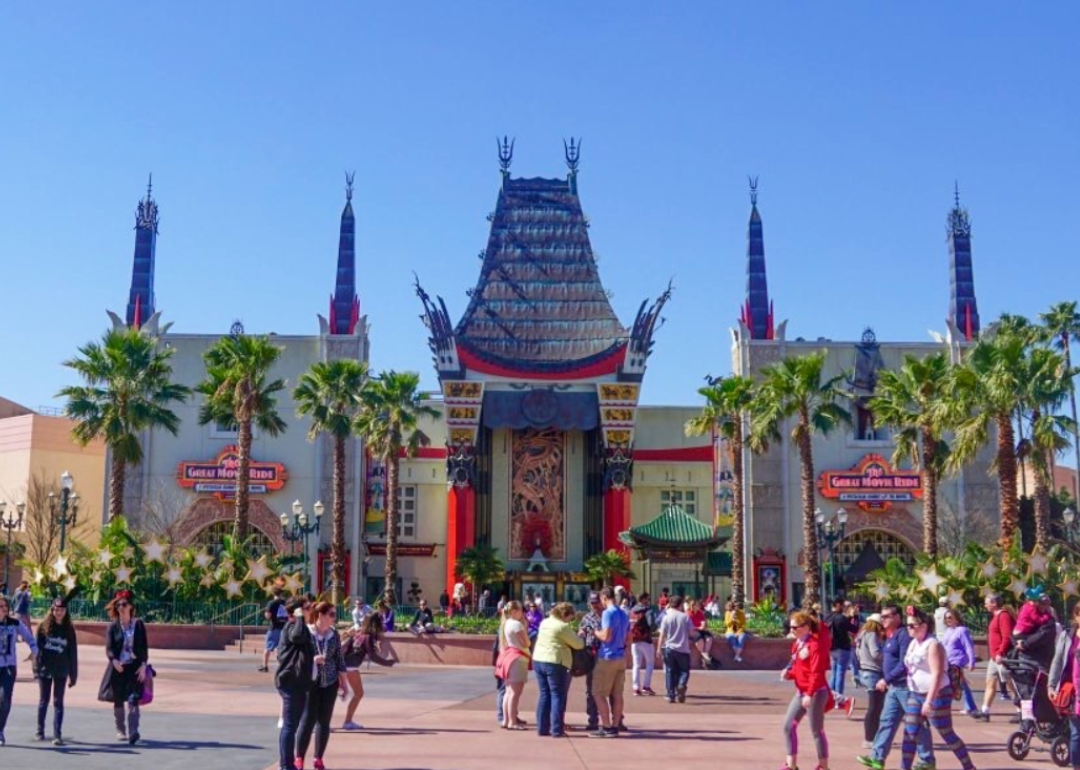
Jedi94 // Wikimedia Commons
The Great Movie Ride (1989-2017)
The Great Movie Ride at the Chinese Theater recreation.
Another original attraction in Walt Disney World’s Disney-MGM Studios was The Great Movie Ride. Housed within a replica of the infamous TCL Chinese Theatre, slow-moving cars carried guests through a visual timeline of cinema history. The ride’s displays included videos, costumes, and props from famous films like “The Wizard of Oz” and the “Indiana Jones” series. After 28 years, The Great Movie Ride was closed to make room for more contemporary attractions in the park (now Hollywood Studios). Mickey & Minnie’s Runaway Railway, based on recent award-winning Mickey Mouse cartoons, took over the space in 2020.
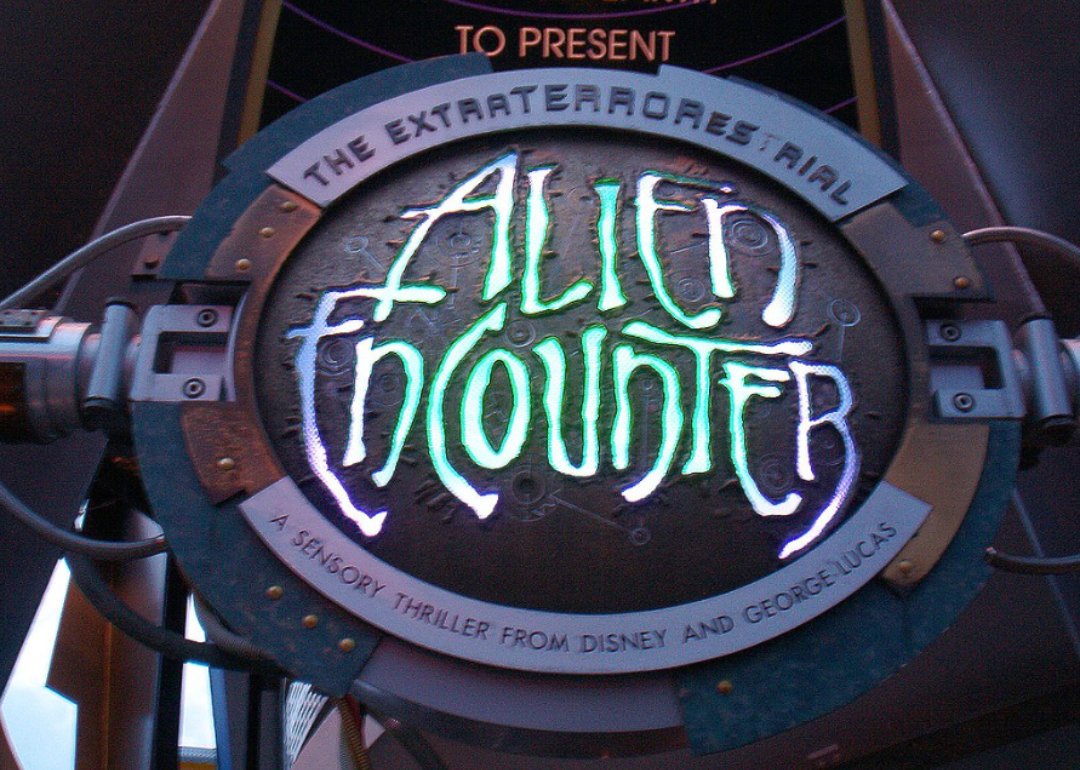
Steven Miller // Wikimedia Commons
ExtraTERRORestrial Alien Encounter (1995-2003)
A sign at the entrance to Disney’s Alien Encounter
Perhaps one of Walt Disney World’s scariest attractions, ExtraTERRORestrial Alien Encounter received negative feedback from guests throughout its run in the Magic Kingdom. In fact, it was shut down for adjustments just one month after opening.
Guests were harnessed into stationary seats in a mock laboratory where an alien escaped. Although there was no movement, the experience featured special effects like rumbling seats and a pitch-black room to enhance fear. The attraction closed in 2003 due to ongoing complaints and was replaced by Stitch’s Great Escape!, a similar ride that is also no longer in operation.
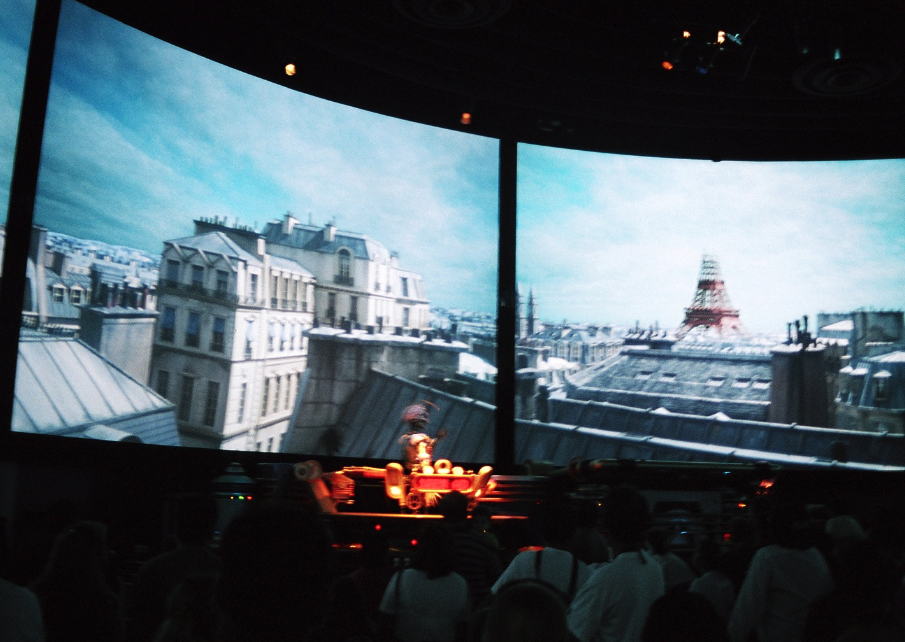
LEONARDO DASILVA // Wikimedia Commons
The Timekeeper (1994-2006)
The Timekeeper theater and screen
Based on Disneyland Paris’ Le Visionarium, which debuted in 1992, The Timekeeper opened in Walt Disney World two years later. This Circle-Vision 360° film was located in the Metropolis Science Centre within Tomorrowland at the Magic Kingdom. For a dozen years, a robot by the name of Timekeeper used this theater to help visitors travel through time. The attraction closed in 2006 to make room for a new show: Monsters, Inc. Laugh Floor.
You may also like: Iconic buildings from every state
